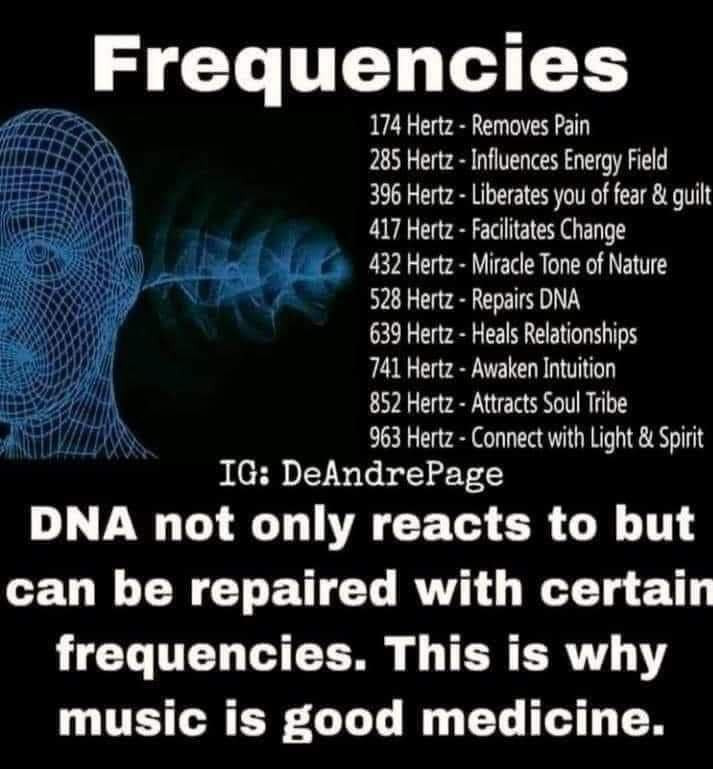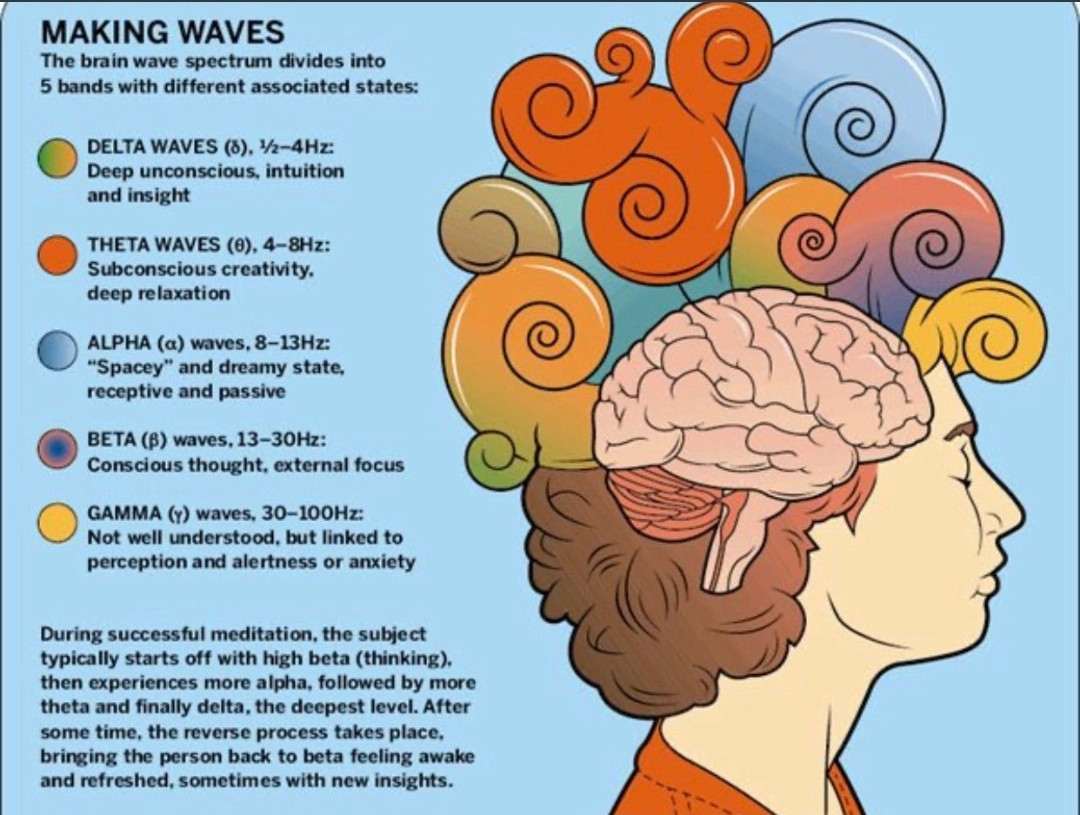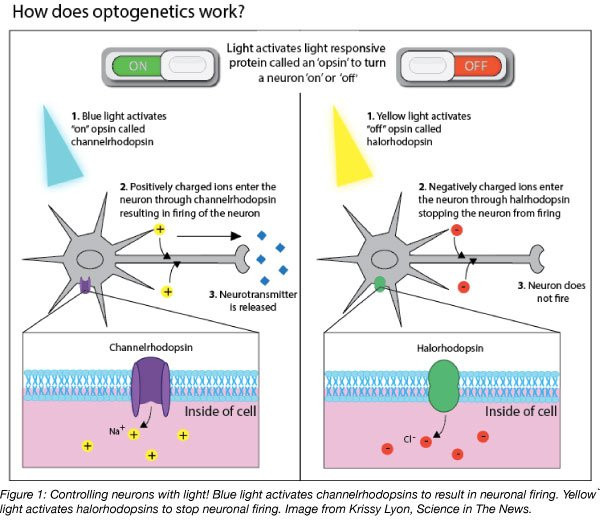Nana, Direct Internal connection to God, WWG1WWA, MAGA, Angels are here already #FightLikeGodIsBesideYou
All you have to do is Google or Duckduckgo:
Frequency music sleep
Frequency music God
Frequency music 8 hour
Frequency music healing
Frequency music DNA
Frequency music Love
Pick your desired result.
Dont expect things to happen overnight sometimes it takes a while, the more grounding you do and the more you cleanse your body and pineal gland the more the return.
I also drink no more than 10 oz of tonic water with quinnine per day along with a vitamin regimine.
I heard today that apricot juice is a good cleanser too, gonna try that. No floride! Research cleansing pineal gland & groun
Frequency music and... Quantum Dots?
https://aip.scitation.org/doi/10.1063/1.5126670?af=R&feed=most-recent&
Child of God, truth-seeker finder and sharer, patriot, inspired and fired up!
Hmmm.. They have a number of interesting grants supporting their work. 🤔
"The light emitted by optically excited quantum dots is used as a"... 🧠?
Harvey (1929) fortuitously observed the excitation of peripheral nerves by ultrasound (US), which is the first time UNM was reported. Several decades later, studies showed that FUS could propagate across the skull and efficiently modulate the activity of mammalian brain tissue in vitro and in vivo (Mueller et al., 2014; Tyler et al., 2018).
UNM has been utilized in a variety of clinical situations, such as an analgesic strategy for cancer-related and neuropathic pain, neurosurgery for Parkinson’s disease or essential tremor, urological surgery to ablate renal cell carcinoma or prostate cancer, and thrombolysis within cerebral vessels (Dobrakowski et al., 2014; Klatte et al., 2014; Strauss et al., 2014; Ahmed et al., 2015). Owning to its non-invasive property and enhanced spatial focus, UNM has emerged as a promising non-invasive UNM approach and has the potential to treat neurological disorders.
Recently, optogenetics and magnetogenetics, which combine optics or magnetics with genetics, were proposed and proven to be novel approaches for cellular specific neuromodulation (Aston-Jones and Deisseroth, 2013; Monzel et al., 2017). However, both methods have difficulty in delivering stimuli to targeted regions of neurons located in the deeper brain (Fregni and Pascual-Leone, 2007).
Surprisingly, Ibsen et al. (2015) firstly combined ultrasonic with genetics in controlling the behavior of C. elegans in 2015. The study showed that US could elicit cell-specific excitation in ultrasonically sensitized objects. Afterward, the concept of ‘sonogenetics’ was proposed.
Although orders of magnitude smaller and computationally faster than neurons, conventional substrate-bound electronics do not recapitulate the chemical and mechanical properties of neural tissue. This mismatch results in a foreign-body response and the encapsulation of devices by glial scars, suggesting that the design of an interface between the nervous system and a synthetic sensor requires additional materials innovation.
Advances in genetic tools for manipulating neural activity have fuelled the demand for devices that are capable of simultaneously recording and controlling individual neurons at unprecedented scales. Recently, flexible organic electronics and bio- and nanomaterials have been developed for multifunctional and minimally invasive probes for long-term interaction with the nervous system.
In this Review, we discuss the design lessons from the quarter-century-old field of neural engineering, highlight recent materials-driven progress in neural probes and look at emergent directions inspired by the principles of neural transduction.
Implantable neural probes are defined as devices implanted into the brain or other nervous tissues. Communication between neurons in the brain occurs via electrical and chemical signals. ... Biocompatibility, biochemical stability, and miniaturization are also important, as neural probes must be inserted into the brain.
By harnessing quantum dots-tiny light-emitting semiconductor particles a few billionths of a meter across-researchers at the University of Washington (UW) have developed a new and vastly more targeted way to stimulate neurons in the brain.
Semiconductor quantum dots are promising hosts for qubits to build a quantum processor. In the last twenty years, intensive researches have been carried out and diverse kinds of qubits based on different types of semiconductor quantum dots were developed. Recent advances prove high fidelity single and two qubit gates, and even prototype quantum algorithms.
These breakthroughs motivate further research on realizing a fault tolerant quantum computer. In this paper we review the main principles of various semiconductor quantum dot based qubits and the latest associated experimental results. Finally the future trends of those qubits will be discussed.
"Finally the future trends of those qubits will be discussed"... 🤔
disc
used



